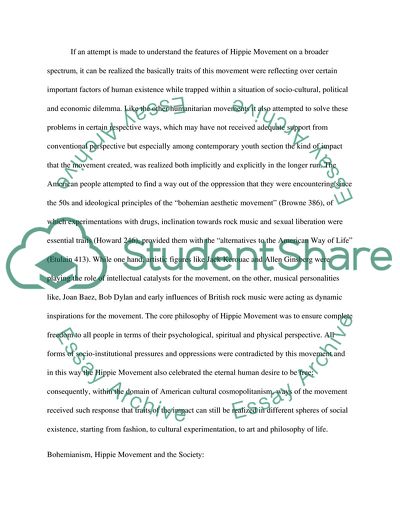Cite this document
(“Hippies: an important influence upon society nowadays Research Paper”, n.d.)
Retrieved from https://studentshare.org/miscellaneous/1567110-hippies-an-important-influence-upon-society-nowadays
Retrieved from https://studentshare.org/miscellaneous/1567110-hippies-an-important-influence-upon-society-nowadays
(Hippies: An Important Influence Upon Society Nowadays Research Paper)
https://studentshare.org/miscellaneous/1567110-hippies-an-important-influence-upon-society-nowadays.
https://studentshare.org/miscellaneous/1567110-hippies-an-important-influence-upon-society-nowadays.
“Hippies: An Important Influence Upon Society Nowadays Research Paper”, n.d. https://studentshare.org/miscellaneous/1567110-hippies-an-important-influence-upon-society-nowadays.


